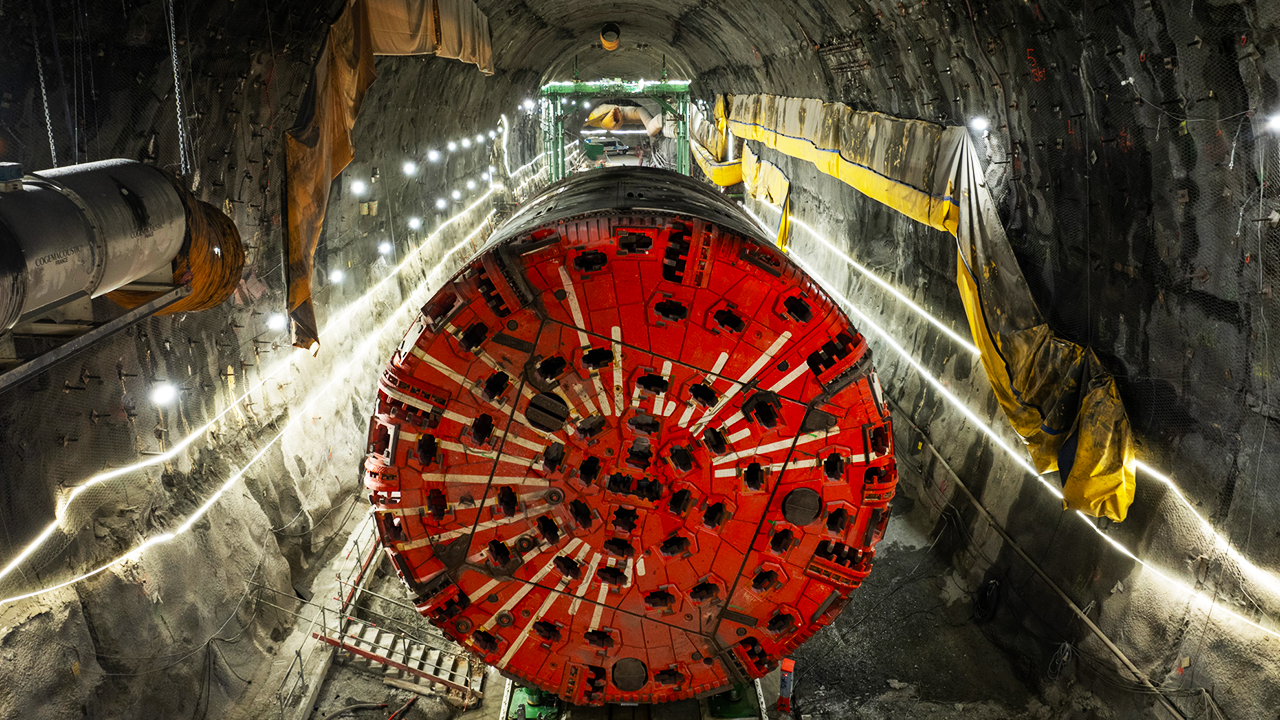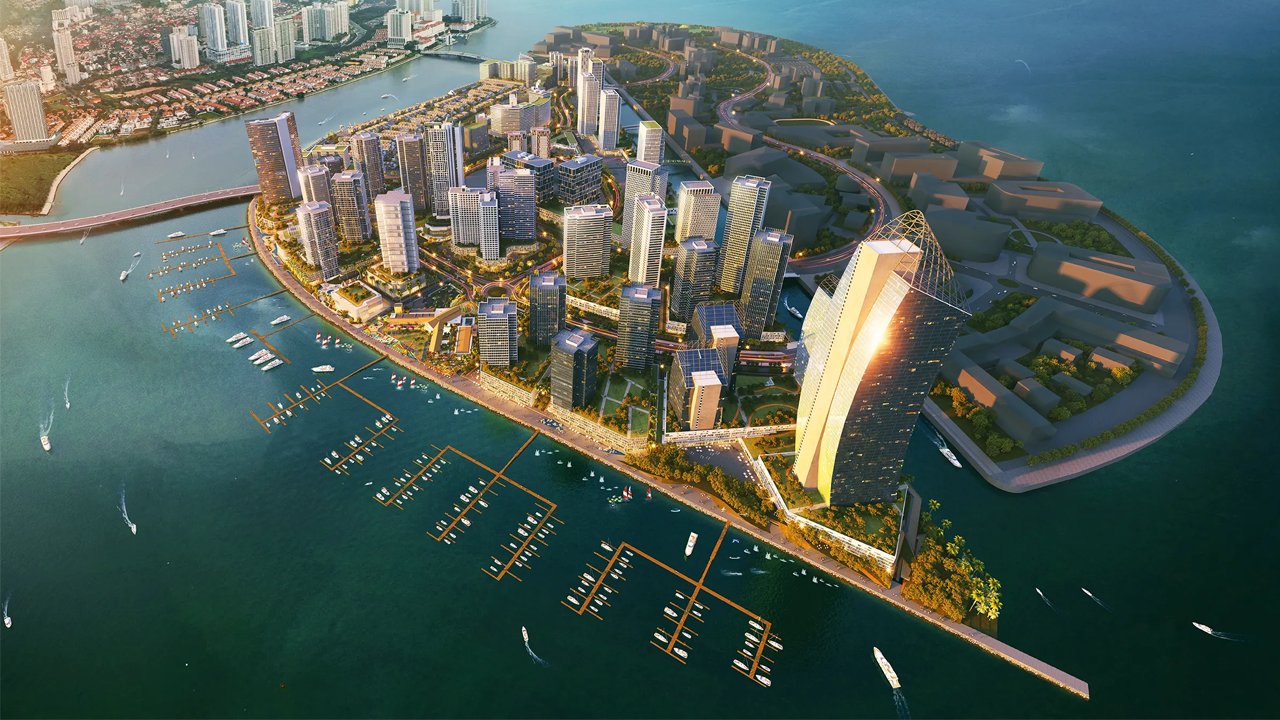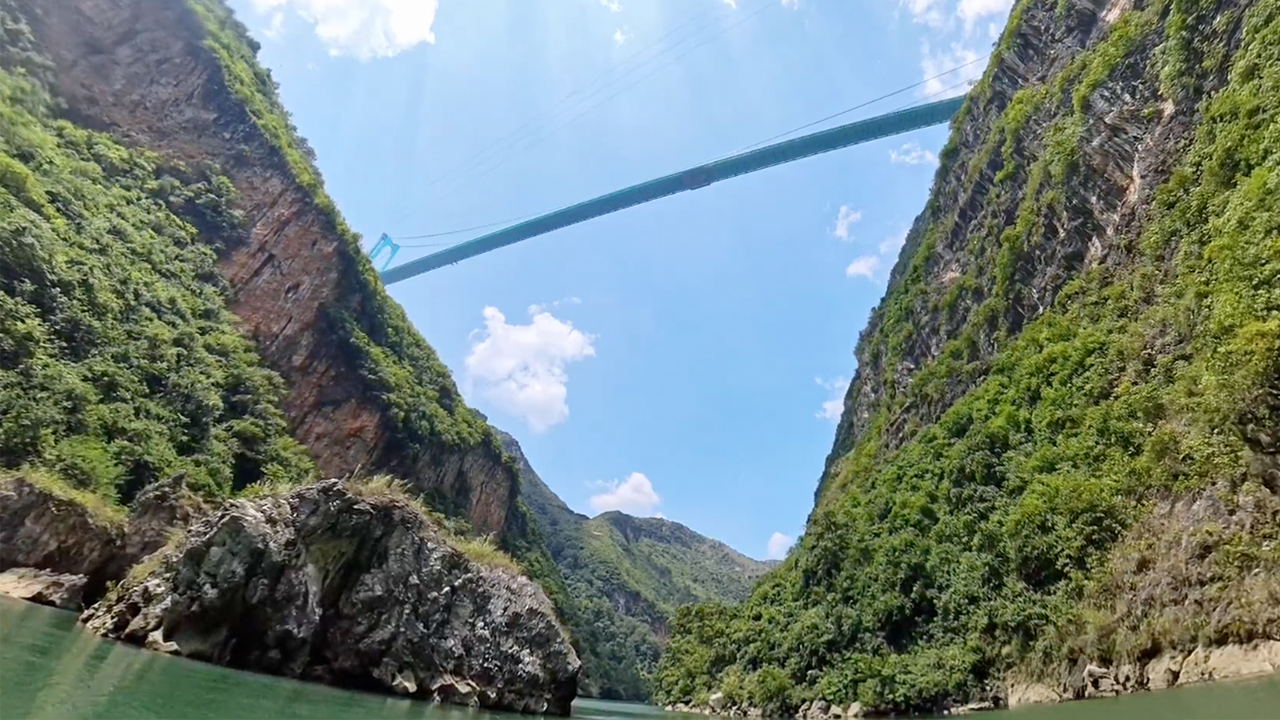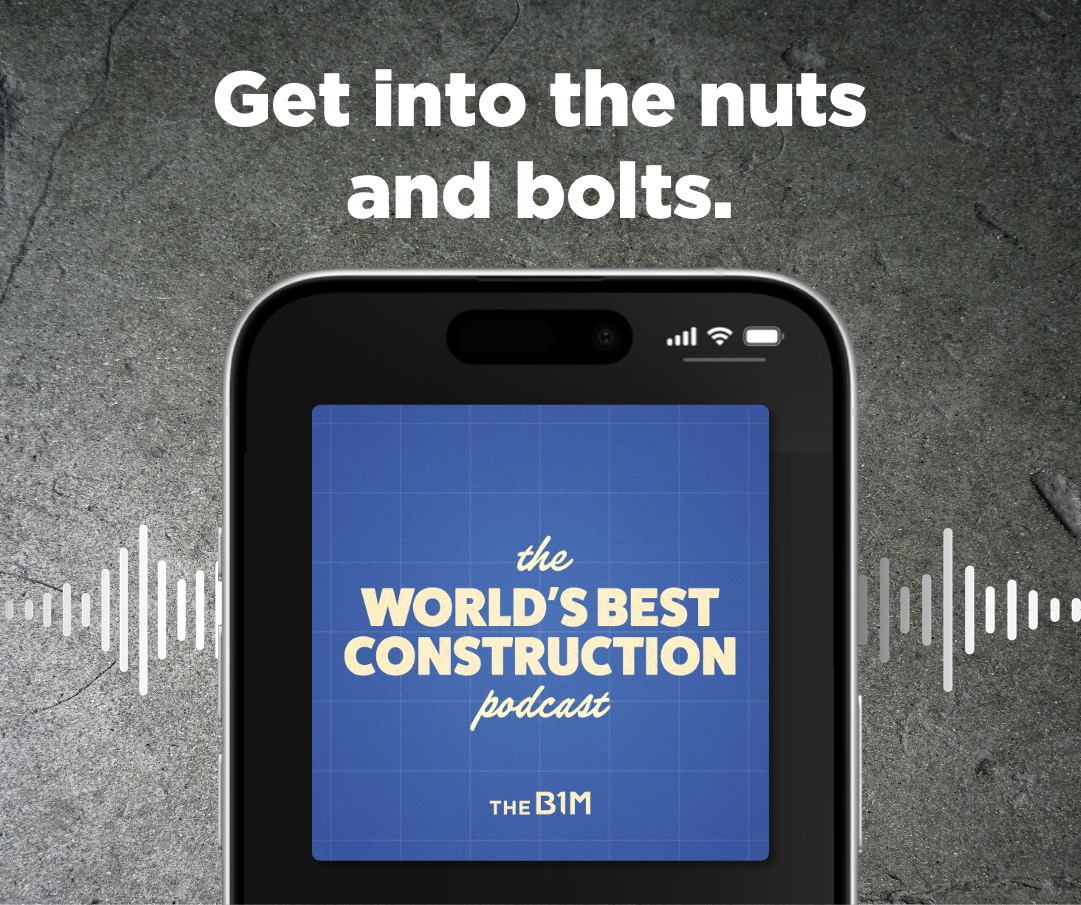Delayed: Japan’s $64BN Levitating Bullet Trains are no Longer on Track
- Youtube Views 1,826,840 VIDEO VIEWS
Video hosted and narrated by Fred Mills. This video contains paid promotion for Masterworks.
THE FIRST Shinkansen trains opened in 1964 and transformed travel from Tokyo to Osaka, taking the journey time down from seven hours to just two and a half.
Now, that journey could be slashed again to just 67 minutes thanks to advancements in magnetic levitation or maglev.
It’s part of two new lines Japan is building. The first from Tokyo to Nagoya, then from Nagoya to Osaka. Part of what makes these new lines so impossibly fast is they use that magnetic levitation technology that has been updated for the 21st century. When this project is finished it’ll have the power to dramatically transform Japan… again.
High Speed History
You see, this isn't the first time Japan’s course has been altered by super fast trains. When the first bullet train debuted in 1964, the Tōkaidō Shinkansen, the rest of the world was focused on the booming aviation industry. Locomotives seemed like a relic from the past.
Yet Japan doubled down. In 1964 Shinkansen operated at a top speed of 210 kilometres an hour, far outpacing traditional trains which ran at speeds below 150 kilometres an hour. They had a sleek, streamlined shape which minimized air resistance. This made for faster and more stable travel. Unlike traditional trains with a single locomotive, Shinkansen were powered by multiple electric motors.
Japan put their special new trains on their own dedicated tracks designed for high-speed travel. This meant they wouldn’t be stuck behind slower passenger and freight trains. The tracks were engineered with minimal curves and gradients, allowing for high speeds to be maintained without the need for frequent deceleration.
The Tōkaidō Shinkansen slashed travel times between major cities like Tokyo, Nagoya, and Osaka. The journey from Tokyo to Osaka, for example, was cut from 6 hours to just 4. For the first time in Japan’s history rural areas and urban centres could easily trade goods, services, and labour like never before. This in turn created thousands of jobs and spurred even more infrastructure development.

Above: Japan's extensive bullet train network was a game-changer for the country.
Companies could access larger markets and the country expanded and rebounded from World War II in what was later dubbed the "Japanese economic miracle." Starting with the 515 kilometre long Tokaido Shinkansen in 1964, the network has expanded to consist of 2,951 kilometres of lines with maximum speeds of 260 to even 320 kilometres an hour.
Modern Miracle
Today, Japan has exported its technology across the globe and is rightly considered a leader in high-speed-rail. With Europe and America attempting to follow in the country’s footsteps and use rail to reinvigorate economies.
Just across the sea, China has also emerged as another world leader in high speed rail with the largest network in the world
Japan’s bullet trains are considered the best. Thanks to a combination of unparalleled technological innovation, safety, efficiency, reliability, and passenger experience. It comes as no surprise then that the rest of the world is eagerly awaiting the next big innovation in Japanese transportation.
Enter Maglev.
Above: A maglev train on the Yamanashi Test Track.
Defying Gravity
The concept of maglev trains actually dates back to the 1960s. But what Japan has done is modernized it with superconducting Magnets. Now they do two things. Lift the train off the rails and propel it forward.
Let’s break down how it works.
Maglev technology relies on magnetic forces to lift, propel, and guide the train. It utilises the two key parts of magnets we all know: the repulsion of magnets with the same poles and the attraction of magnets with opposite poles. At full speed the Chūō Shinkansen trains will move at 500 kilometres an hour - although a 2015 test run saw they could reach a world-record 603 kilometres per hour.
Now, it’s pretty widely-agreed that those kinds of speeds are basically impossible for a conventional bullet train to hit - this is because of the friction that’s created by their wheels. To solve the problem of wheels, Japanese engineers looked back in time to a technology that has actually been around since the early 1900s: magnetic levitation also known as “maglev”.

Above: A diagram depicting magnetic levitation - or maglev.
The Central Japan Railway Company modernised this technology using superconducting magnets. Electromagnets are cooled to -269 degrees celsius, allowing trains to levitate higher above the tracks. But, the trains need to be moving at speed before the magnets come in. Once the train reaches 150 kilometres an hour by itself, maglev kicks in and the carriage is lifted off its rubber wheels.
The train then interacts with a set of coils in the track, one used to levitate its mass, and the other to propel it forward. Without the wheel, the carriages can travel at incredible speeds. The trains are also completely autonomous - controlled by the track, rather than a driver - a measure which it’s claimed makes collisions or accidents far less likely.
There are other benefits too. Because there are no wheels they can run in almost all weather conditions and it costs less to maintain them.
Major Investment
Like the original Shinkansen bullet trains of the 1960s, these maglev trains need their own specially built rail lines to minimise turns and avoid any slower older trains. And these new lines don’t come cheap. The total cost of the maglev lines will end up being more than $64BN. In 2009, Maglev was approved and began construction. Everything was on track for the 2027 opening.
But, of course, that isn’t going to happen. This first line is now not expected to open until at least 2034, with the second route to Osaka not expected until beyond 2037. That is an enormous decade-long delay, and it’s all because of one small section.

Above: Shizuoka is Japan's tea capital.
Of the entire 286-kilometre maglev route, 9 kilometres runs through the northern region of Shizuoka Prefecture. Here tunnels will dig under the southern Japanese Alps.
Shizuoka Governor Heita Kawakatsu has long protested this part of the line for a number of reasons. But his primary reason is to do with this river. This is the Oi River, and it’s very important.
Not only does it play a key role in the region’s culture and history, defining borders and establishing cities from centuries ago, the river is also a vital water source for Shizuoka’s agricultural activities, primarily tea. The region produces approximately 25,200 tons of tea, accounting for about 36% of Japan's total tea production, making it the tea capital of the country.
But the competition is stiff, with Kagoshima Prefecture nipping at their heels. There are fears that construction of these tunnels will alter the volume of water flowing into the Oi River and affect tea production.
The river also flows through several hydro-energy producing Dams, such as the Ikawa Dam. If the amount of water in the river is lowered this could also affect the region’s energy supply. A change in the volume of this water could have disastrous consequences for the region across the board.
The Central Japan Railway Company promised to pump water back into the river, but their own reports speculate it would still lose about two metric tons per second. On top of this Shizuoka is one of the few Prefectures that doesn’t stand to really gain anything from the new maglev lines. It’s the only prefecture along the route without a station. And with the region already suffering from "over-tourism", they hardly want more people coming to visit.
In March of 2024 JR Central made the significant announcement that they would not meet their 2027 deadline for this part of the rail because of this hold up. This had knock-on effects for the rest of the line and made it unclear when the second phase, from Nagoya to Osaka, originally scheduled for 2037, would open at all.
JR Central and Kawakatsu were at a stalemate. Until a few days later, in April 2024.
Political Bombshell

Above: Maglev would cut the travel time between these two cities in half.
Kawakatsu was recorded praising his staff for being smarter than “people who sell vegetables or raise cows” - not a wise thing to say when your constituency is famed for its agricultural output and you’ve made it part of your political brand to stand on the side of farmers. Kawakatsu’s downfall was swift. Just one day later he was forced to resign because of the enormous public outrage.
In September the new government granted JR Central permission to conduct a boring survey in preparation for the construction of the tunnel - a dramatic change in position. While this is a sign that construction could commence soon the delays are far from over. Other parts of the line have faced their own issues, soft ground in Aichi Prefecture has delayed the completion of a tunnel by more than five years to the end of January 2030, again having further knock on effects.
There is too much at stake for this line not to happen but it is a reminder that nearly every megaproject faces delays. The rest of the world is waiting with anticipation to see how Japan will pull this off, and see whether they too can adapt the technology for their own country. China has even announced its own maglev line in Hunan Province. It would be their first intercity route and could ignite a maglev race between the two countries.
Until then, Japan's maglev propelled future may be some decades off. A simple bullet train will have to suffice.
This video and article contain paid promotion for Masterworks, you can skip their waitlist here.
Video narrated and hosted by Fred Mills. Additional footage and images courtesy of Nozomi 503 and Yamanashi Prefectural Maglev Exhibition Center.
We welcome you sharing our content to inspire others, but please be nice and play by our rules.








